K-Food Festival Knock Knock (K-푸드 페스티벌 넉넉)
8.3Km 2025-06-20
Sejong-daero Jiha 189, Jongno-gu, Seúl
02-2088-4960
Hwangsaengga Kalguksu (황생가칼국수)
8.3Km 2025-05-14
78, Bukchon-ro 5-gil, Jongno-gu, Seoul
Parque Guri del Río Hangang (Parque Cosmos) (구리시민한강공원(코스모스공원))
8.3Km 2021-07-02
Topyeong-dong, Guri-si, Gyeonggi-do
Es un espacio al aire libre en donde los visitantes pueden disfrutar del aire fresco un entorno natural. En particular, el parque dispone de hermosas áreas destinadas a las flores, en el mes de mayo florece la colza y en septiembre los cosmos, por lo que ofrece un paisaje espléndido a los turistas y residentes de la zona.
Parque de la Historia de Seosomun (서소문역사공원)
8.3Km 2023-08-11
Chilpae-ro 5, Jung-gu, Seúl
El área de la puerta Seosomun fue un lugar de persecución religiosa en el siglo XIX, antes de convertirse en el parque local actual. Muchos católicos fueron reprimidos y martirizados aquí, convirtiendo este lugar en un sitio sagrado para los catolicos coreanos. Seosomun era una puerta de entrada al mercado Chilpae, ubicado cerca de la puerta Sungnyemun (Namdaemun). Siempre estaba atestado de transeúntes y por esta razón servía para mostrarle a la gente los castigos hacia los acusados de haber cometido crímenes. El 15 de mayo de 1999 se levantó una torre conmemorativa en el centro del parque en honor a los mártires. En 2013, el distrito de Jung-gu de Seúl también fundó el Museo de Historia del Santuario Sagrado de Seosumun, con una sala de exposiciones alusiva.
AT Center (aT센터(에이티센터))
8.4Km 2025-05-30
Gangnam-daero 27, Seocho-gu, Seúl.
El AT Center es un espacio dedicado exclusivamente para convenciones y exhibiciones para negocios y grandes eventos internacionales. Las salas y salones de actos decorados y equipados con la última tecnología, ofrecen un ambiente ideal para llevar a cabo actividades, seminarios, convenciones u otro tipos de eventos que requieren instalaciones de avanzada. Sus centros especializados en negocios internacionales ofrecen servicio de consulta e información a sus clientes y, por contar con diferentes instalaciones que facilitan la vida como clínicas médicas, gimnasio, restaurantes de calidad, muchos buscan este lugar para pasar un rato de paz y descanso en medio de la bulliciosa ciudad.
The Restaurant (더레스토랑)
8.4Km 2021-03-27
54, Samcheong-ro, Jongno-gu, Seoul
+82-2-735-8441
It is a gallery-like restaurant where you can appreciate paintings drawn by famous artists. The best menu at this restaurant is spaghetti. This Western dishes restaurant is located in Jongno-gu, Seoul.
Kumho Art Hall (금호아트홀)
8.4Km 2021-12-28
Saemunan-ro 76, Jongno-gu, Seúl.
Kumho Art Hall fue fundado exclusivamente para conciertos de música clásica. Se ubica cerca de Gwanghwamun. Con una capacidad para 390 personas, cuenta con una estructura perfecta para conciertos. Todos los asientos son cómodos y el amplio espacio entre las filas de los asientos permite que los espectadores disfruten del espectáculo. También hay asientos portables para discapacitados. El interior del teatro es cómodo y elegante, el escenario está hecho de madera de arce. Se realizan 150 conciertos anualmente, y también se llevan adelante exposiciones de arte en el pabellón principal.
Hosujip (호수집)
8.4Km 2021-03-30
443, Cheongpa-ro, Jung-gu, Seoul
+82-2-392-0695
It is a restaurant where people wait in line as a hidden restaurant for locals in Chungjeong-ro. The best menu at this restaurant is spicy braised chicken. This Korean dishes restaurant is located in Jung-gu, Seoul.
Puerta Gwanghwamun (광화문)
8.4Km 2022-12-13
Sajik-ro 161, Jongno-gu, Seúl.
La puerta Gwanghwamun es la entrada principal del palacio Gyeongbokgung, levantada en 1395 por Taejo, el primer rey de la dinastía Joseon. Es la puerta sur de las cuatro puertas de la antigua ciudad de Hanyang (Seúl), levantadas sobre los cuatro puntos cardinales.
Su nombre significa “la luz de la civilización iluminará el mundo”, y contiene los altos propósitos que la dinastía Joseon tuvo al ser establecida. Gwanghwamun había sido construida de granito. En el centro se halla una entrada que se asemeja al arco iris, denominado Hongyemun, y arriba está la torre del portal.
Gwanghwamun guarda un recuerdo amargo de la historia de Corea. Durante la ocupación de Corea por los japoneses (1910-1945), el gobierno colonial nipón destruyó la puerta con el objetivo de suprimir la nación coreana, y en su emplazamiento levantó el Edificio de la Gobernación de Corea. Hacia el año 1968, el gobierno coreano construyó de nuevo la puerta Gwanghwamun, pero usando concreto. Sin embargo, en el año 2010 se completaron los trabajos de restauración total en madera, que es la que se ve actualmente.
Tour bajo las Estrellas del Palacio Gyeongbokgung (경복궁 별빛야행)
8.4Km 2025-03-14
Sajik-ro 161, Jongno-gu, Seúl
1522-2295
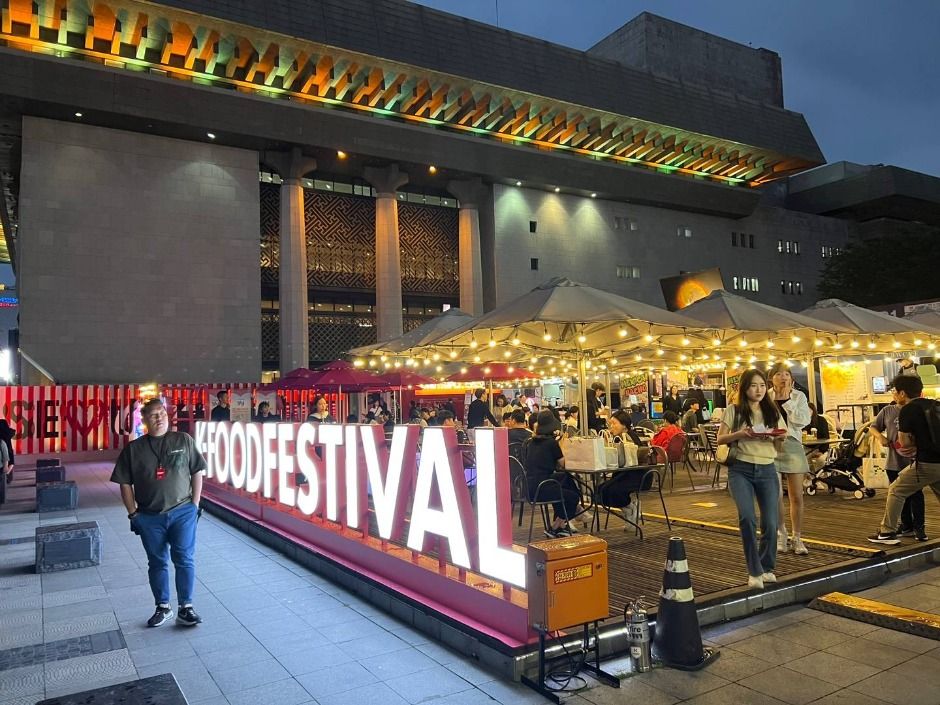
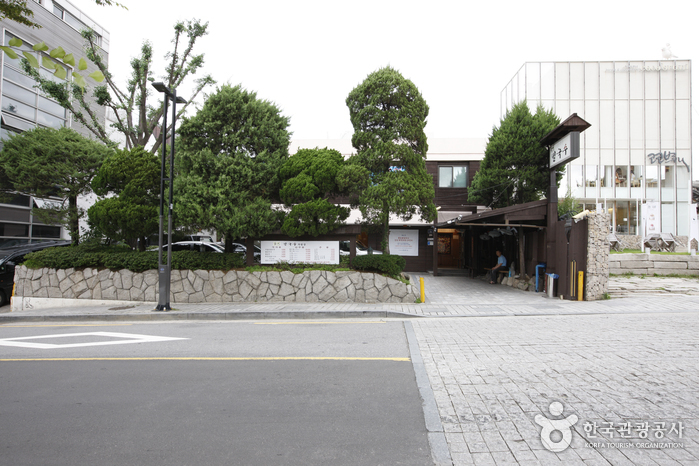
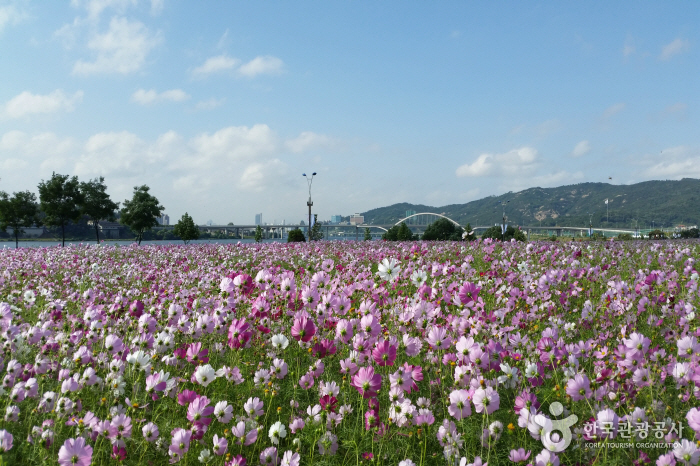
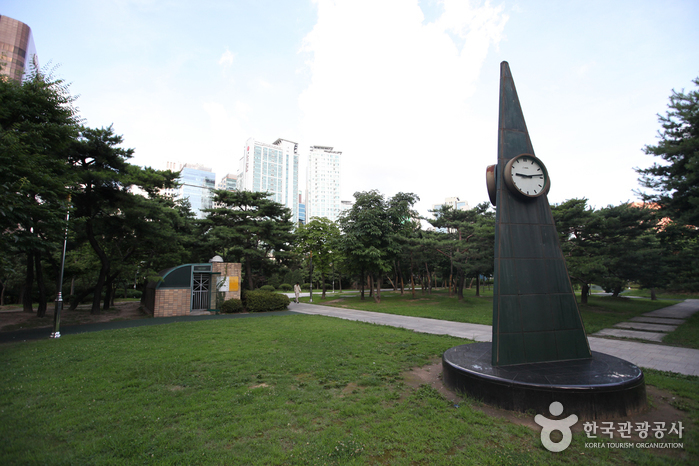

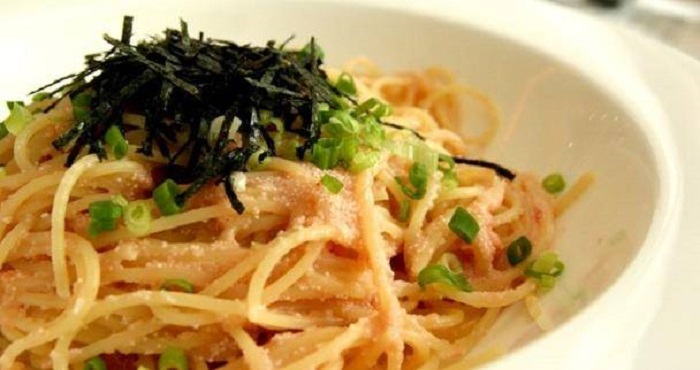
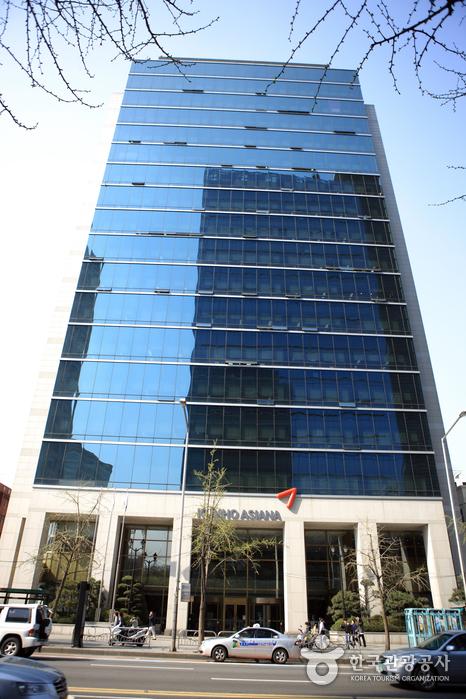
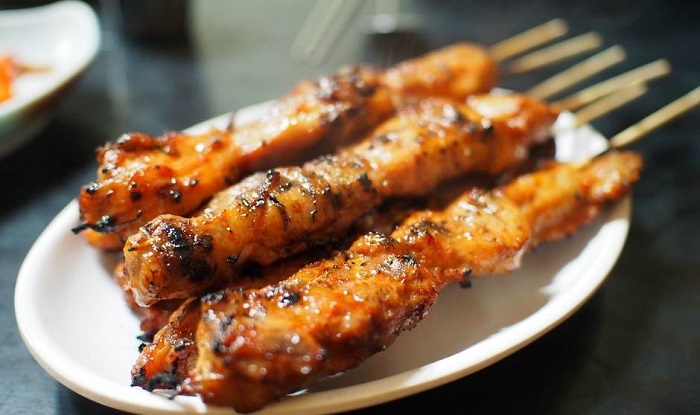
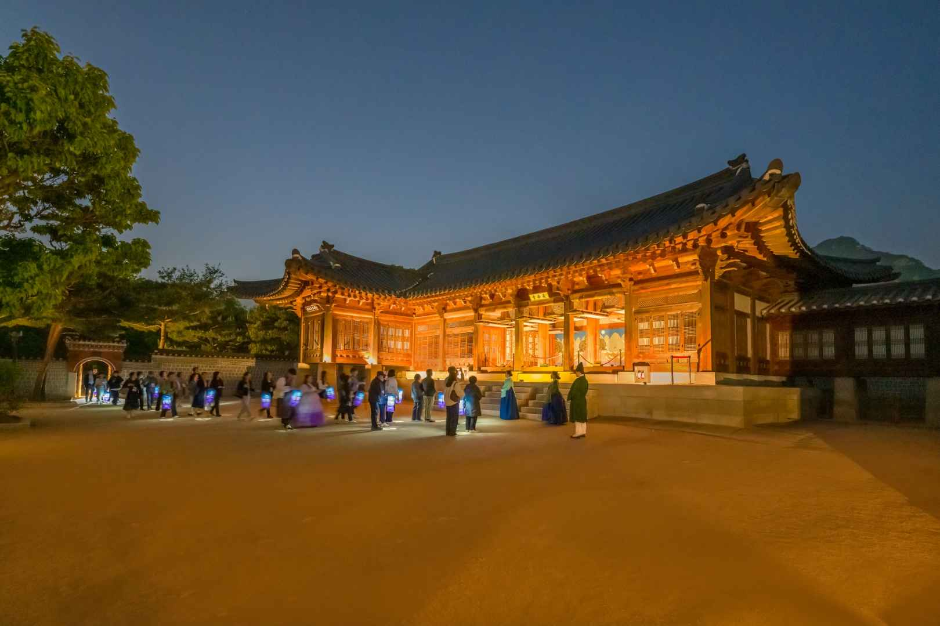
 Español
Español
 한국어
한국어 English
English 日本語
日本語 中文(简体)
中文(简体) Deutsch
Deutsch Français
Français Русский
Русский